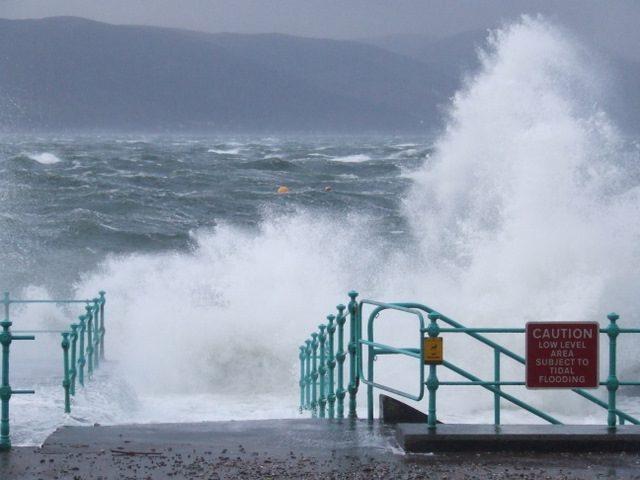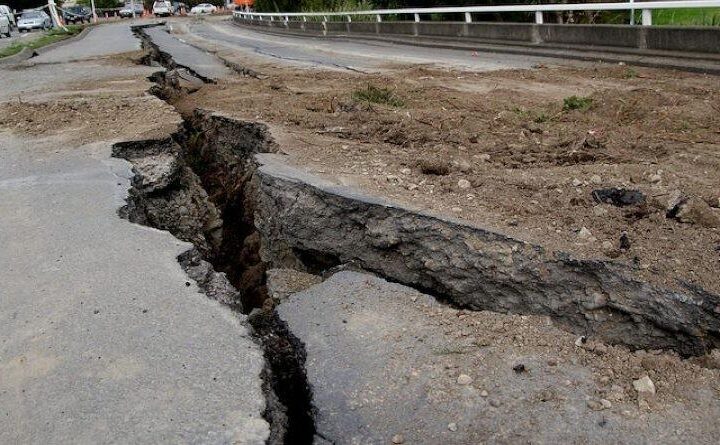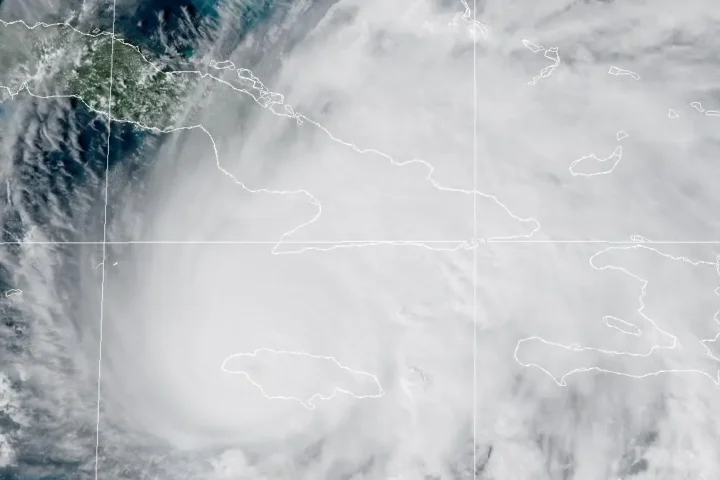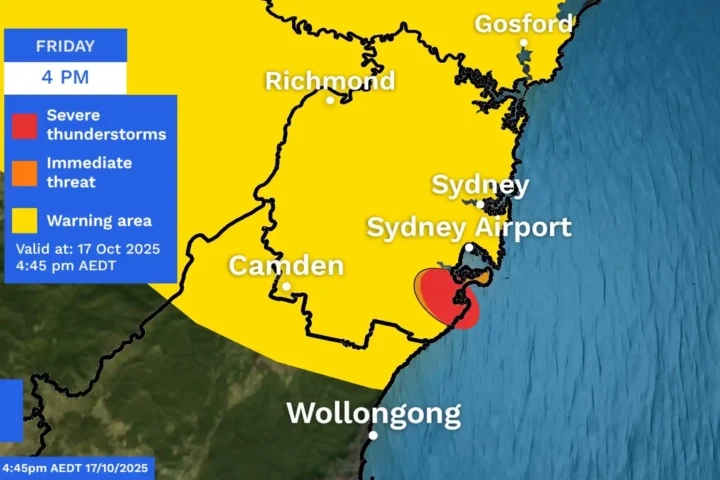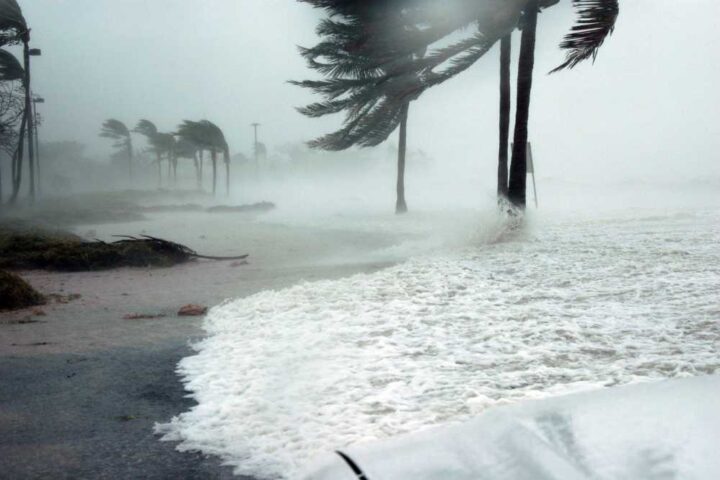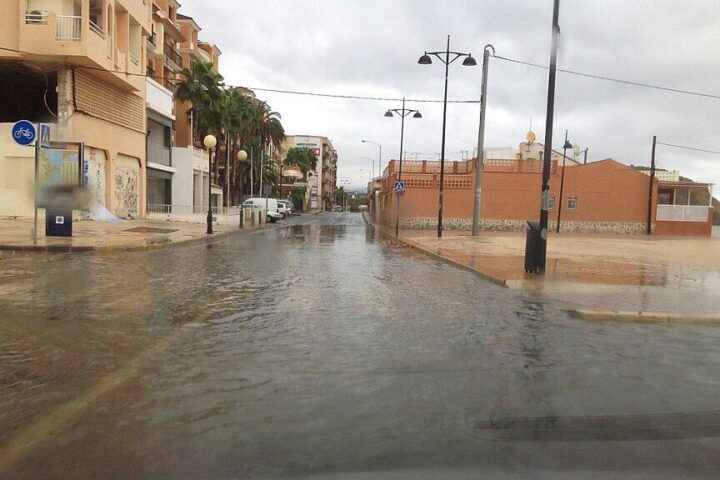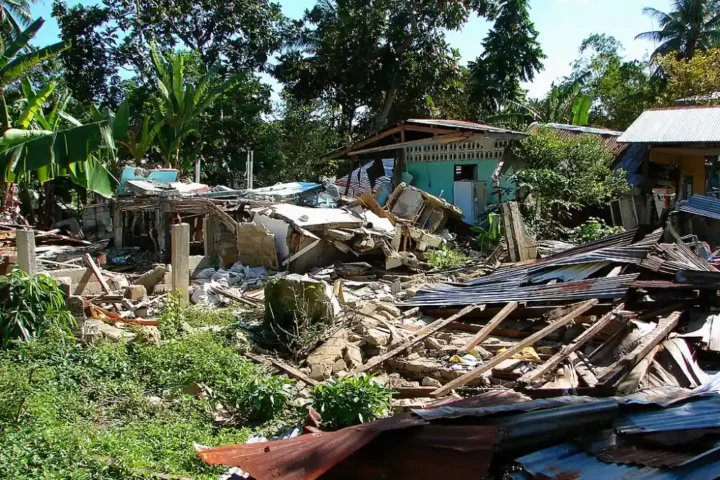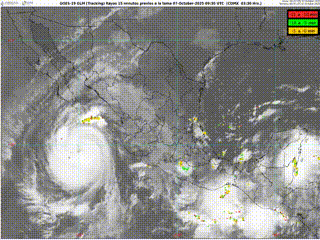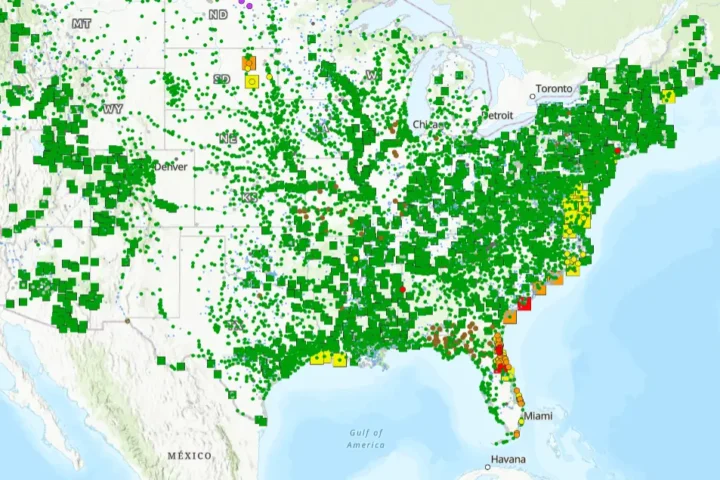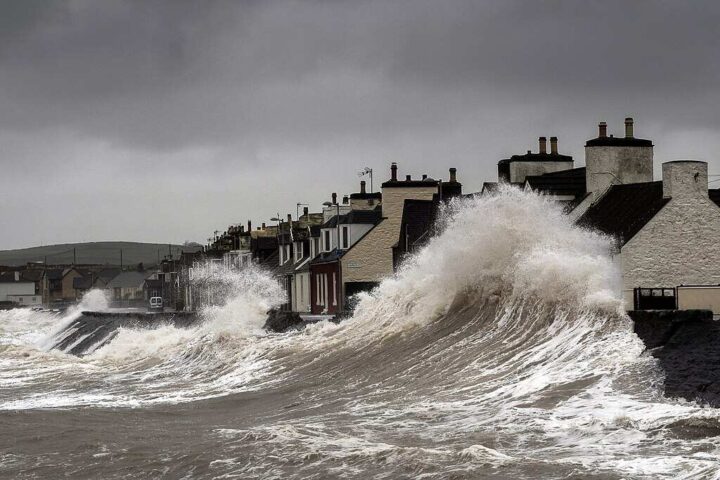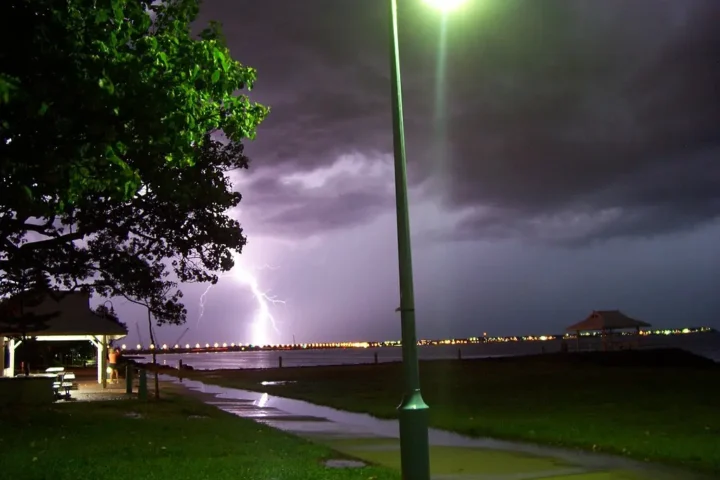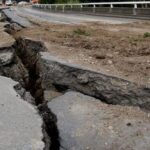Storm Amy swept across Northern Europe this weekend, killing one person and leaving hundreds of thousands without power as hurricane-force winds and heavy rain battered the region.
A man in his 40s, named locally as Tommy Connors, died in Letterkenny, Co Donegal, on Friday afternoon when he may have fallen from a height at a house during the severe weather. His body was taken to Letterkenny University Hospital where a post-mortem will determine further investigation.
The powerful storm knocked out electricity to more than 200,000 properties across Ireland and Northern Ireland. In Scotland, about 62,000 customers remained without power as repair crews battled dangerous conditions to restore service Fraser Wilson of Scottish and Southern Electricity Networks warned that full restoration “will take some time” due to extensive damage to the network.
Storm Amy brought record-breaking wind speeds, with a gust of 96 mph (154 kph) recorded on the island of Tiree off Scotland’s west coast. In Northern Ireland, a provisional October record was set when winds reached 92 mph at Magilligan. The storm also set a new record for the lowest October pressure in the UK, with 947.9 hectopascals (hPa) recorded at Baltasound in Shetland.
Weather agencies issued their highest-level warnings for parts of the region. Met Éireann placed Donegal under a Status Red wind warning Friday afternoon, and a Red marine warning was issued for waters off the west and north coasts where conditions reached violent storm force 11. The UK Met Office issued amber warnings for parts of Scotland and Northern Ireland.
Similar Posts
Transportation systems suffered major disruption. London’s Royal Parks closed Saturday due to safety concerns. ScotRail reported about 80 fallen trees blocking rail lines, with all services from Glasgow Central suspended until at least Saturday afternoon. Dublin Airport confirmed 115 cancellations and 18 diversions by Friday night.
Storm Amy developed from the remnants of Hurricane Humberto, which interacted with Hurricane Imelda in the Atlantic in a rare phenomenon called the Fujiwhara effect The storm underwent “explosive cyclogenesis” – rapid intensification – as it approached the continent.
By Sunday, Amy will move further into the North Sea, bringing drier conditions with lighter winds across the UK and Ireland. Forecasts indicate more settled weather in the following days.
Storm Amy is the first named system of the 2025-2026 European windstorm season. The next storm will be named Bram, according to the Met Office’s naming system.
